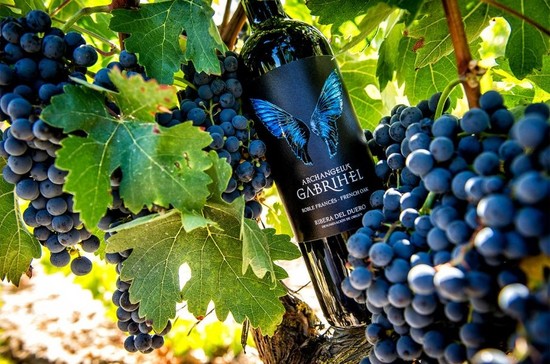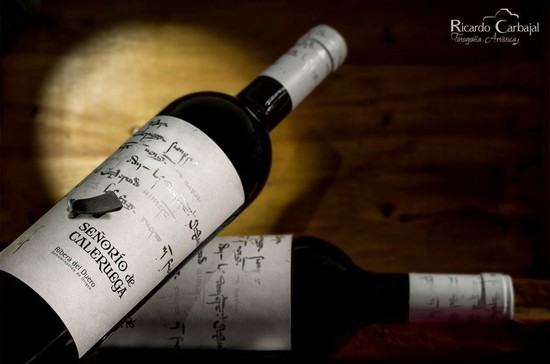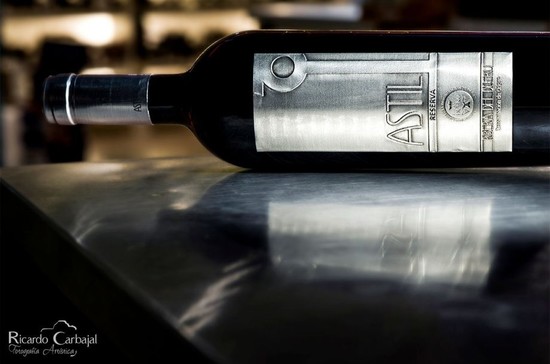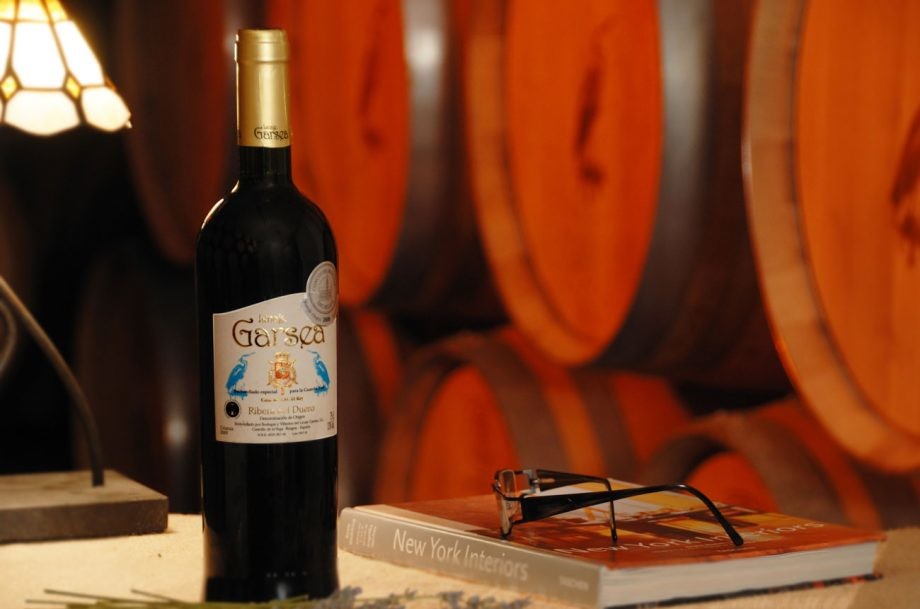Ribera del Duero might be one of Spain’s younger officially demarcated wine regions, established in 1982 (though there is evidence that wine mas been made here for more than 2000 years), yet it has progressed from bulk wine to world-class bottlings in just a few decades, and it’s now home to some of Spain’s most sought after wines, with 319 wineries and 57,340 acres of vineyards. The wines are food-friendly when young, but also crafted to age, developing an enviable complexity, with a balancing acidity and generous fruit.
This is red wine country – rich reds, made using mostly Tempranillo (known here as Tinto Fino or Tinto del País), which represents 95% of all the grapes grown in the D.O., grown on a vast, semi-arid plateau two hours north of Madrid, between Valladolid and Aranda, near the banks of the Duero river.

The sprawling, sun-drenched landscape features a mix of different soils, exposures and elevations – some as high as half a mile above sea level, which results in extreme temperature swings from day to night, creating the perfect ripening conditions for Tempranillo, giving Ribera del Duero wines that distinctive character. Add sustainable viticulture into the mix, and a family boasting a long heritage in the grape-growing business and it’s hardly surprising that the medals have started to roll in at Bodegas Linaje Garsea.
The winery scooped a Best in Show at the Decanter Asia Wine Awards 2019 for its Archangelus Gabrihel French Oak, with its fleshy plum and black cherry notes, soft tannins and blackberry richness on the finish, the oak showing elegant restraint. While its Señorio de Caleruega (both 100% Tempranillo) scooped a Platinum medal, with judges praising its creamy palate of toasty oak, chocolate and sweet black fruits and its silky, refined length.
So how did they do it, exactly? Says co-owner and winemaker José Carlos Garciá Agudo: “Our passion for creating a sustainable environment, combined with a lot patience and our knowledge in the winery, means that we can create wines that truly express the land from which they came from, without irrigation or any additives or preservatives.”

The Agudos have 51 hectares of vines in all, some up to 45 years old, with no more than 3,000 vines per hectare, which falls well below the official maximum. The grapes are picked by hand, too – sometimes at night, so that fermentation doesn’t start prematurely, and the grapes are carefully stacked in 12 to 20 kilo boxes to keep them pristine. “Linaje Garsea has something special, from the silence in the cellar listening to the oak barrels breathe, to the affection of seven brothers who live wine without compromise,” says José.
Questions and information: linajegarsea@live.com

Translated by ICY
All rights reserved by Future plc. No part of this publication may be reproduced, distributed or transmitted in any form or by any means without the prior written permission of Decanter.
Only Official Media Partners (see About us) of DecanterChina.com may republish part of the content from the site without prior permission under strict Terms & Conditions. Contact china@decanter.com to learn about how to become an Official Media Partner of DecanterChina.com.


Comments
Submit